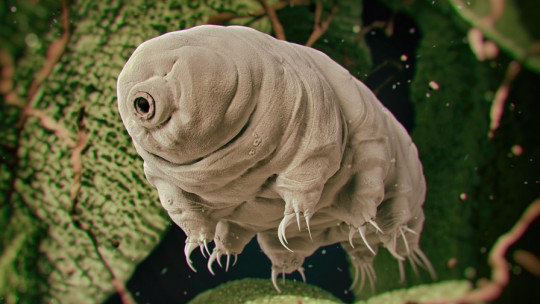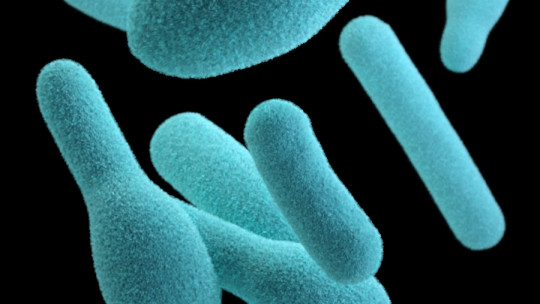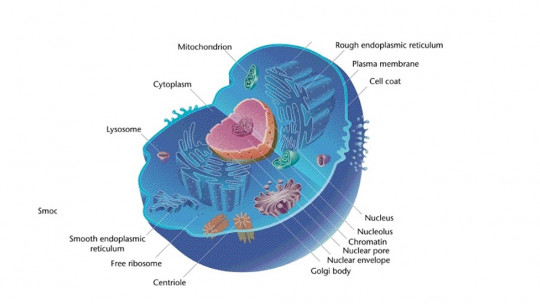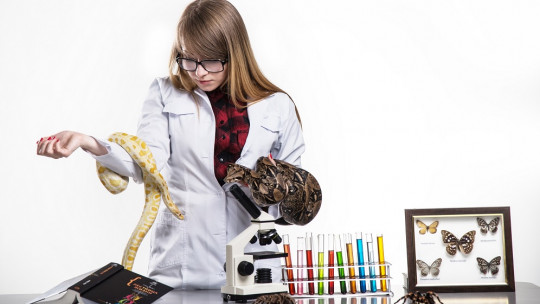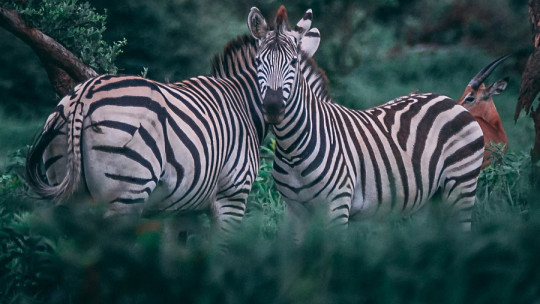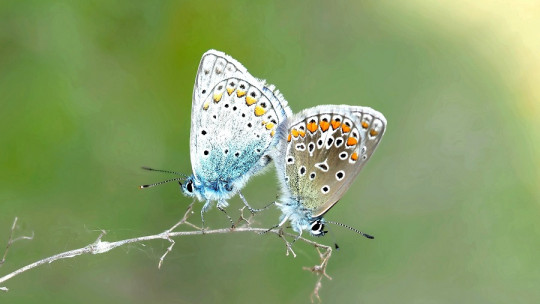When we think of living beings, we automatically think of dogs, cats, the occasional invertebrate and, if we’re lucky, maybe a plant.
It is no wonder, since macroscopic organisms surround us from the beginning of the morning until we go to bed: that song of a bird while we go to work, the ants busy lining up to feed and many other living beings surround us on a daily basis. . No matter how anthropized the environment is, life makes its way as best it can.
If when reflecting on life you turn to beings that you can see with your eyes, we cannot blame you. It is estimated that there are 8.7 million species on the planet, practically all of them observable with the naked eye. What you may not know is that, behind all those “evolutionarily complex” organisms, there is a microscopic load that holds, as if it were a giant, all the ecosystems on Earth.
Today we sit in front of the microscope to show you some examples of microscopic animals Furthermore, we take the opportunity to distinguish between a microorganism and an extraordinarily small animal, because, although it may not seem like it, they are completely different concepts and in no case interchangeable. Get ready to discover a world invisible to the human eye but exciting.
The differences between microorganisms and microscopic animals
Microorganisms are essential to understanding how the Earth works. Without going any further, it is estimated that, of the 550 gigatonnes (Gt) of carbon (c) present on the planet, bacteria contribute 15%. This makes them the second largest reserve of organic matter in all ecosystems, being only surpassed by plants, which provide 80% of the total.
Microorganisms are single-celled living beings with an elementary biological organization Their only characteristic in common is that they cannot be observed with the naked eye and are “evolutionarily simple”, since a virus has little to do with a protozoan, for example. The term “microorganism” refers to a polyphyletic group, that is, it includes taxa that do not have a common ancestor. Its only usefulness is informative, since it does not report relevant information about the taxonomic category and phylogenetic position of these beings.
So that, “Microorganism” is a kind of catch-all where everything that is made up of only one cell fits (that is, acellular according to some authors, like viruses), while microscopic animals are governed by a series of much more complex classification criteria. For a living being to be considered part of the Animalia kingdom, it must meet a series of parameters:
Furthermore, animals are characterized by an excellent capacity for movement (in most cases), by lacking chloroplasts, by not having a cell wall (as plants and fungi do) and by having embryonic development with certain patterns. common. Based on all these parameters, we rule out plants, fungi and all microorganisms.
Examples of microscopic animals, and their characteristics
Once we have differentiated animals from the rest of the groups of living beings without any margin of error, we are ready to show you some examples of microscopic animals. Don’t miss them.
1. Copepods
Copepods are a subclass of very small maxillopod crustaceans It is a small group that includes about 8,500 species, most of them marine, generally semitransparent in color. Most of these animals measure between 1 and 5 millimeters, so they fit perfectly into the definition of “microscopic.” In any case, there are parasitic copepods that reach up to 32 centimeters in length, although this is a complete exception.
Due to their microscopic size, copepods are considered part of zooplankton, the tiny fraction of aquatic fauna that feeds by ingesting already processed organic matter (unlike phytoplankton, which is mostly composed of algae). They are the main source of nutrients for many macroscopic marine organisms so they represent an essential part of the base of the food chain of aquatic ecosystems.
2. Tardigrades
Tardigrades are some of the most curious and interesting living beings on Earth. They are some of the smallest animals we know, since The smallest ones measure less than 0.1 millimeters and the largest sizes range from 1.5 millimeters Furthermore, they occupy a somewhat delicate phylogenetic position, since they are included within the panarthropoda clade, which contains the tardigrades, onychophorans and the arthropods themselves. They are not arthropods as such but neither are they microorganisms, so they “float” between two taxonomic waters.
Most tardigrades are phytophagous (plant-eating) or bacteriophages, but there are some carnivorous species that feed on other tardigrades. These very curious animals are also known as “water bears”, as they have an “almost” mammalian morphology, with various segments with legs reminiscent of those of a bear and a mouth with multiple stylets. They are also famously known for their extreme resistance, as they are capable of entering a state of cryptobiosis when conditions are unfavorable, reducing their water content in the body by up to 1%.
3. Rotifers
Rotifers are a perfect example of microscopic animals, since most of them range in size from 0.1 to 0.5 millimeters. They are common in fresh waters around the world, although some exceptional marine species have also been recorded.
These animals present a completely atypical bilateral symmetry within the animalia kingdom: They have a mouth in the ventral area of the cephalic region and this may be surrounded by ciliated bands of the rotator apparatus , which create small currents that attract food particles from the environment. They feed on microscopic organic particles, bacteria, unicellular algae and certain protozoa.
4. Dust mites
Although when we go to the Acari subclass we automatically think of animals of a very small size, this is by no means a general rule. This category, included within the class Arachnida, includes ticks, plant mites and many other macroscopic invertebrates that can be observed with the naked eye, although many other representatives are microscopic.
Therefore, to get to this last example, we must tread a little more finely. We are referring to gender Dermatophagoides or dust mites, microscopic invertebrate animals that measure between 0.2 and 0.5 millimeters. The most common species included in this taxon and spread throughout almost the entire world are Dermatophagoides farinae, Dermatophagoides pteronyssinus and Euroglyphus maynei.
These animals They are extremely simple at an evolutionary level, since they lack a stomach and have a very simple intestine , which digests small particles of organic matter present in the environment. Males live from 10 to 19 days, while females last up to 70 days, laying a huge number of eggs during their last weeks of life.
Summary
Beyond fish, reptiles, mammals, amphibians and birds, there is a world of microscopic invertebrates that escapes our sight, but which nevertheless remain essential for food chains, ecosystems and the world of research. Without going any further, marine ecosystems could not exist without zooplankton: no matter how small the animal is, its work is invaluable and unmatched, wherever it is found.
Finally, we emphasize the following idea: a microorganism is not the same as a microscopic animal Remember that bacteria are unicellular and prokaryotic, while animals are composed of two or more cells and have a nuclear envelope that delimits their genome from the rest of the cell body. Based on this simple premise, it is possible to differentiate animals from all other existing taxa.

